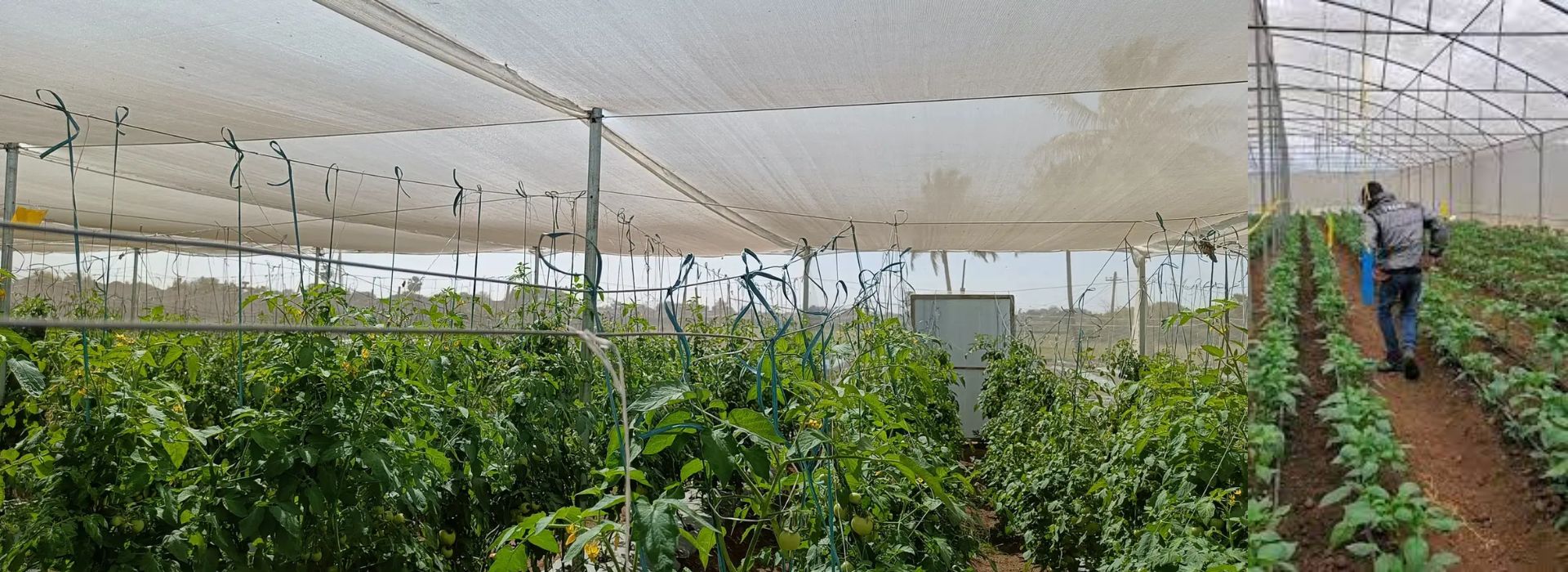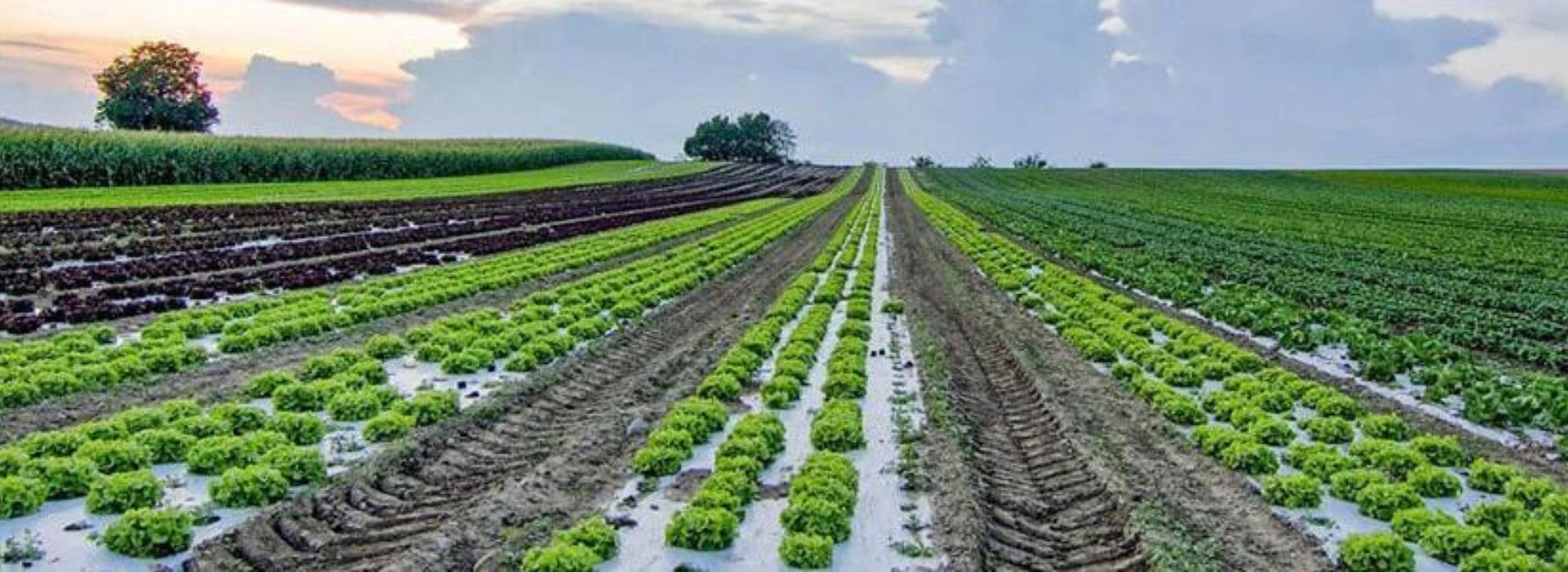How Innovative Greenhouses in India are Empowering Farmers to Tackle Climate Change.
September 23, 2024How Innovative Greenhouses in India are Empowering Farmers to
Tackle Climate Change
India's agricultural sector is deeply intertwined with
nature, and with the rising threats posed by climate change, the nation’s
farmers are facing unprecedented challenges. Erratic weather patterns,
unpredictable rainfall, droughts, and floods are disrupting crop cycles,
threatening food security, and placing immense pressure on the livelihoods of
millions of small and marginal farmers. In this scenario, innovative greenhouse
technologies are emerging as a powerful solution, enabling farmers to adapt and
thrive in the face of these challenges.
The Growing Climate Crisis and Its Impact on Indian
Agriculture
India’s agricultural system is largely dependent on monsoon
rains. However, climate change has brought increasing unpredictability to this
vital natural cycle. Farmers are witnessing prolonged dry spells, unseasonal
rainfalls, and temperature extremes, leading to crop failures, lower yields,
and economic losses. According to reports, India could face a significant drop
in crop production by 2050 if climate change continues at its current pace.
In response to these pressing challenges, a wave of
innovation in greenhouse farming has started gaining traction in India. These
controlled-environment structures provide farmers with the ability to grow
crops under optimal conditions, regardless of external weather fluctuations.
How Greenhouses Are Changing the Game for Farmers
Greenhouses offer a way to create a more controlled, stable
environment for crop growth. By managing factors like temperature, humidity,
light, and ventilation, farmers can ensure that plants are protected from
extreme weather events. Let’s explore some key ways in which greenhouses are
helping Indian farmers tackle climate change:
1. Protection Against Unpredictable Weather
One of the biggest advantages of greenhouse farming is
protection from the erratic weather conditions that have become more frequent
due to climate change. Crops grown inside greenhouses are shielded from heavy
rains, intense sunlight, hailstorms, and frost, allowing for a consistent
growing season even when external conditions are unfavorable.
2. Water Efficiency
Water scarcity is a major issue for Indian farmers,
especially in drought-prone regions. Greenhouse technology allows for more
efficient water usage through methods like drip irrigation, where water is
delivered directly to the plant roots, minimizing evaporation and runoff. This
system can reduce water usage by up to 50-70%, making it a sustainable solution
for farmers in arid regions.
3. Extended Growing Seasons
In a traditional open-field farming setup, crops are often
restricted by the natural growing season. However, greenhouses allow farmers to
grow crops year-round, offering the possibility of multiple harvests. This
means higher yields and increased income, even during off-season periods. For
instance, farmers growing tomatoes, cucumbers, and leafy greens in greenhouses
can produce crops consistently throughout the year, ensuring a steady market
supply.
4. Improved Crop Quality and Yield
The controlled environment inside a greenhouse reduces the
risk of pests and diseases, which are becoming more prevalent due to changing
climate conditions. With fewer pest-related losses and better control over
growing conditions, farmers can achieve higher-quality produce and
significantly improved yields. This also allows farmers to venture into
cultivating high-value crops, such as exotic vegetables, fruits, and flowers,
which can fetch premium prices in local and international markets.
5. Reduced Dependence on Chemical Inputs
Traditional farming often relies on pesticides and chemical
fertilizers to combat pests and improve yields. However, greenhouse farming
offers a more sustainable approach. The closed environment allows for
integrated pest management (IPM) techniques, reducing the need for harmful
chemicals and promoting a more organic and eco-friendly way of farming.
Greenhouse Innovations Tailored to India’s Needs
While greenhouses are not a new concept, what makes their
application in India innovative is the adaptation of these structures to meet
the specific needs of the country’s farmers. Startups and agricultural
companies in India are developing affordable, low-cost greenhouses that can be
customized to the unique climatic and financial conditions faced by small
farmers.
One example is climate-smart polyhouse technology,
which uses lightweight, inexpensive materials to build durable greenhouses that
require minimal energy for temperature regulation. These polyhouses are
especially suited for small farmers, as they cost a fraction of traditional
greenhouses and can be set up even in remote areas with limited resources.
Another breakthrough is the solar-powered greenhouse,
where solar panels are used to generate energy for lighting, ventilation, and
irrigation. This not only makes the greenhouse more sustainable but also
reduces operational costs, providing an eco-friendly and cost-effective
solution for farmers.
Case Study: Empowering Farmers in Gujarat and Himachal
Pradesh
Several regions in India are already seeing the
transformative impact of greenhouse farming. In Gujarat, a state known
for its harsh summers and water shortages, farmers have adopted low-cost
polyhouses to grow high-value crops like bell peppers and strawberries. These
crops, previously difficult to grow due to extreme heat, are now thriving in
controlled environments, leading to better income opportunities for farmers.
In Himachal Pradesh, a state prone to heavy rains and
cold winters, smallholder farmers are utilizing greenhouses to grow off-season
vegetables like tomatoes and capsicums. The greenhouse technology is allowing
them to protect crops from frost and heavy rainfall, ensuring a consistent and
profitable harvest throughout the year.
The Future of Climate-Resilient Agriculture
As climate change accelerates, the need for innovative
agricultural solutions will only grow. Greenhouse technology, particularly in
its affordable and adapted forms, offers a lifeline to India’s farmers,
providing them with a tool to mitigate the risks posed by climate change. With
proper government support, investment in infrastructure, and increased access
to education and training for farmers, greenhouse farming could be a
game-changer for India’s agricultural landscape.
Conclusion
Greenhouses are more than just a technology—they represent a
shift toward climate-resilient agriculture in India. By empowering farmers to
take control of their growing conditions, these structures provide a pathway to
increased food security, better livelihoods, and sustainable farming practices.
As climate change continues to challenge traditional farming methods,
innovative greenhouses are offering a much-needed solution, enabling India’s
farmers to not just survive but thrive in a changing world.
At krishibazaar.in, you can find and buy various agricultural products. For agricultural guidance on selecting the most suitable products for your crops, please contact or WhatsApp at +917887880887






Guest reviews
No reviews found for this Blog